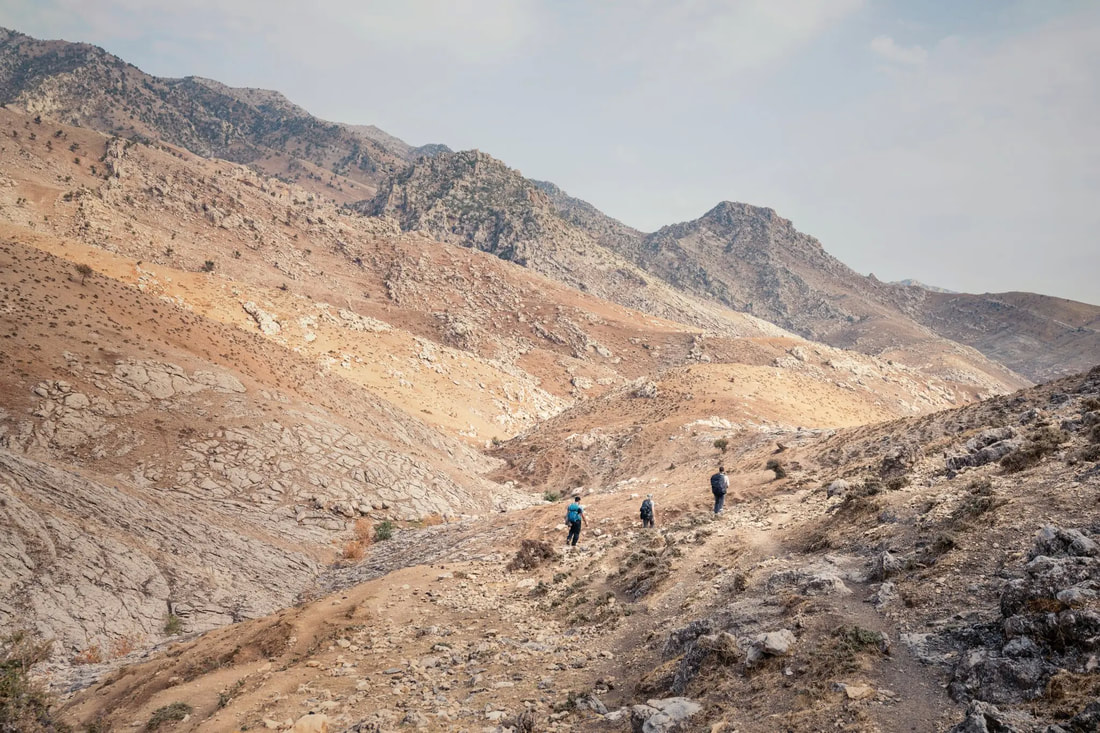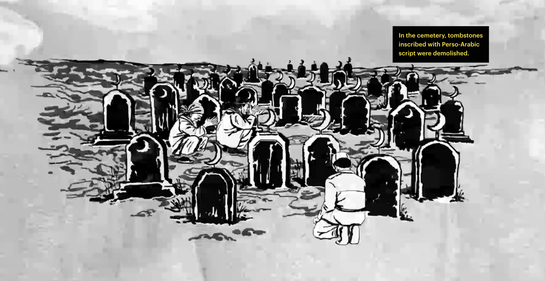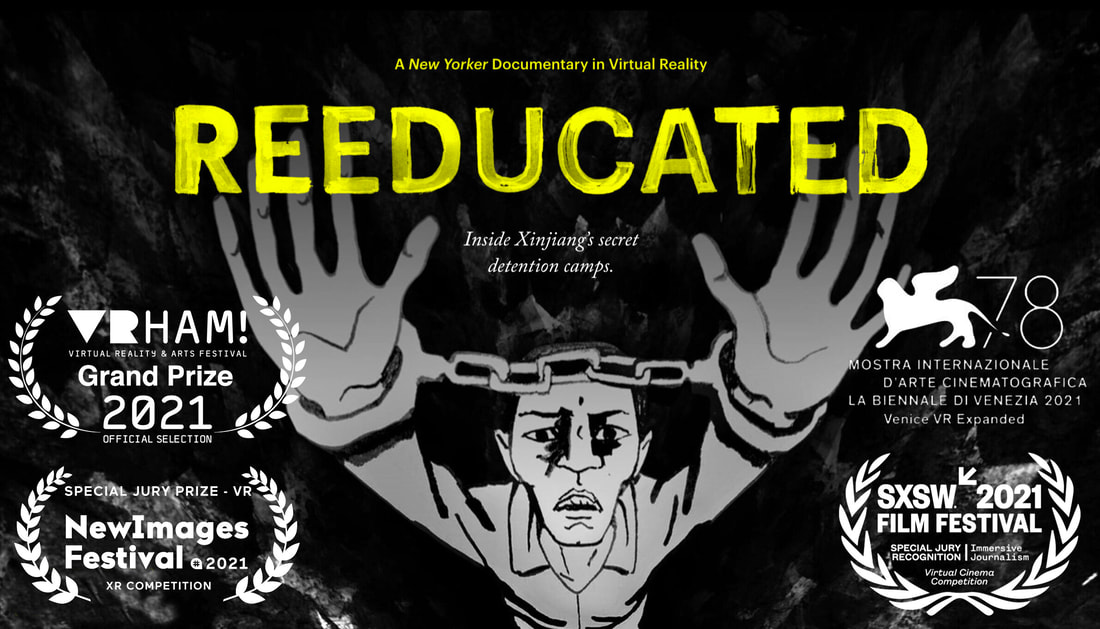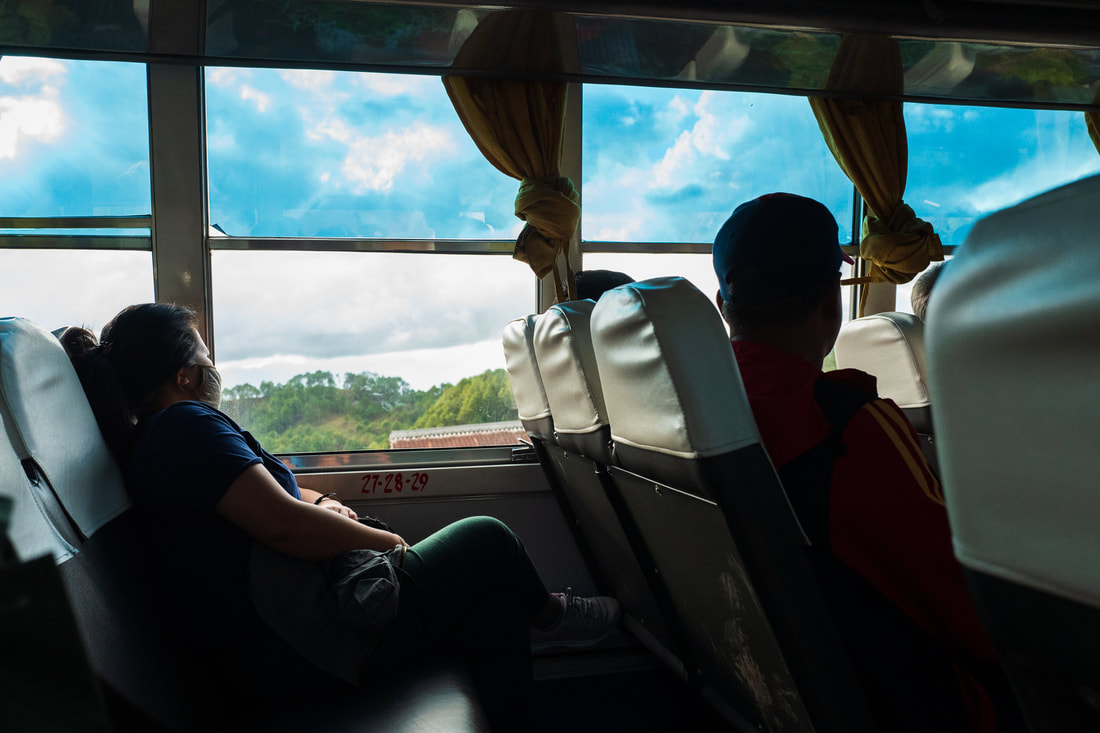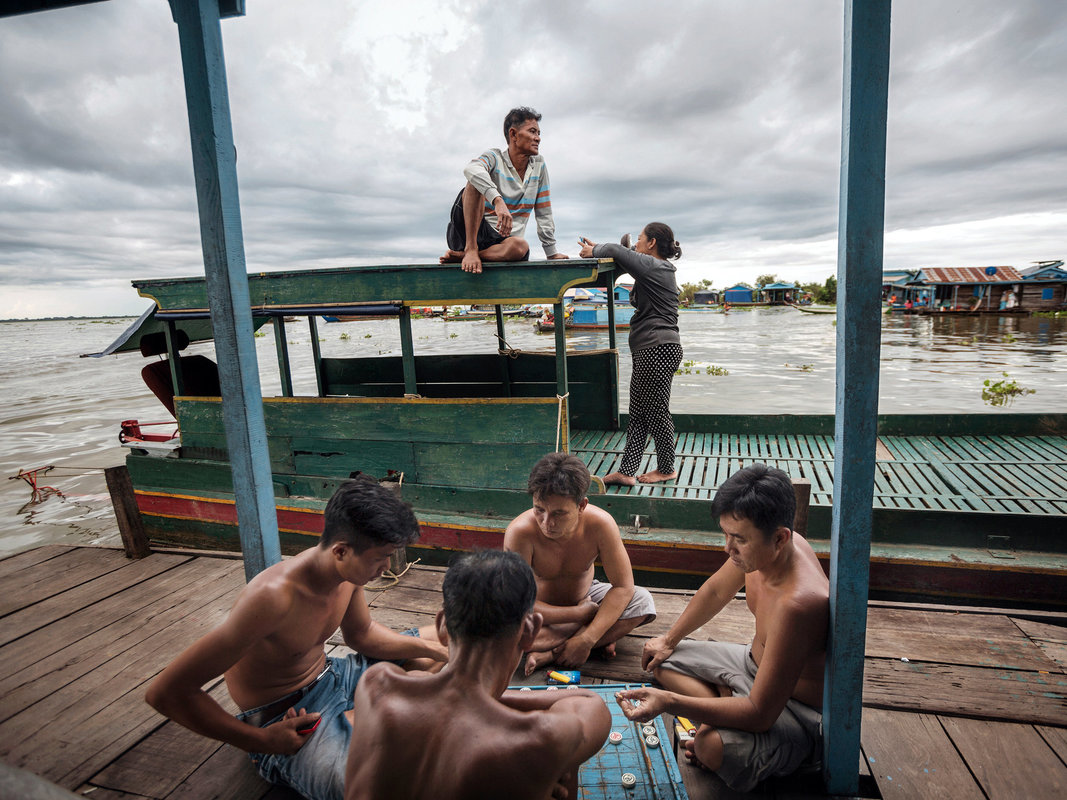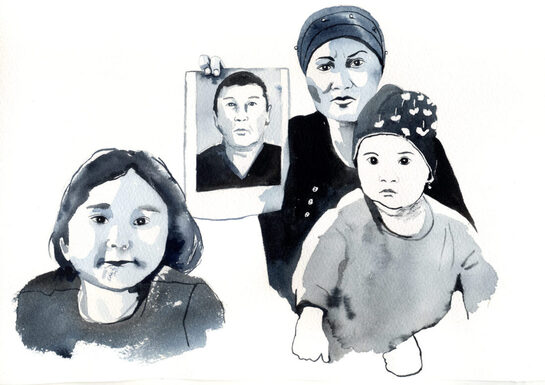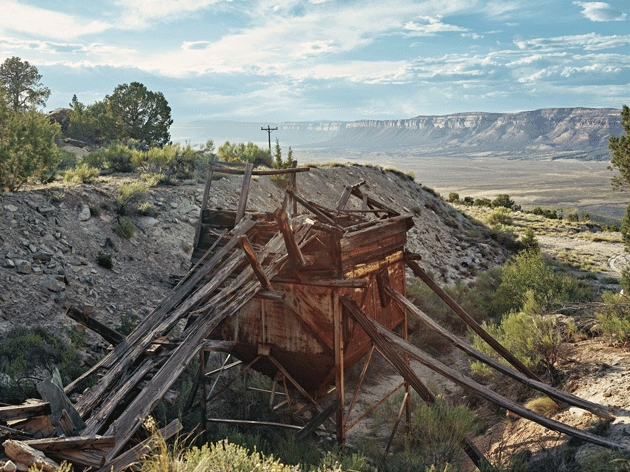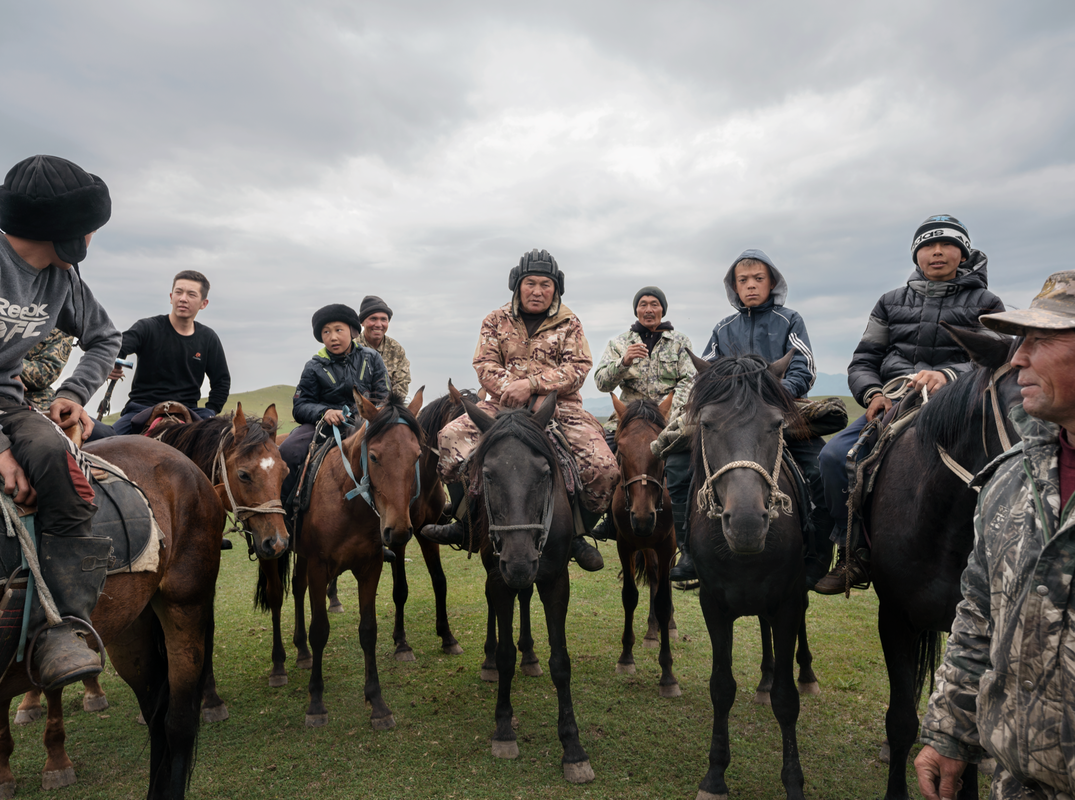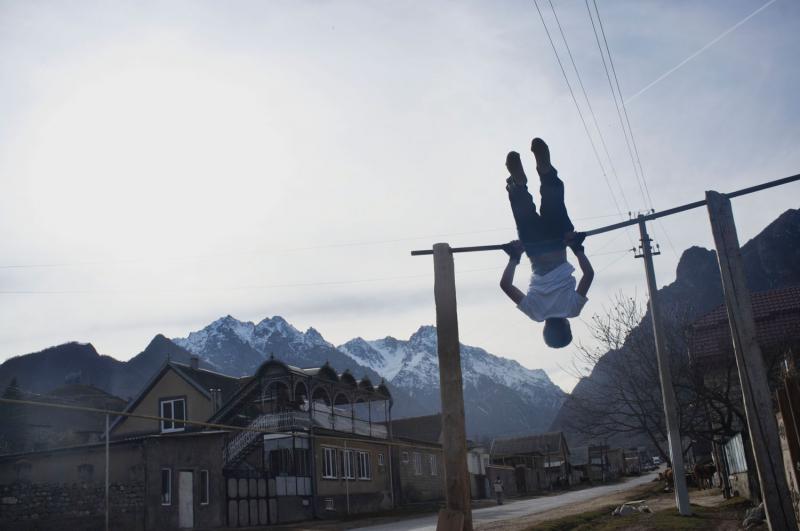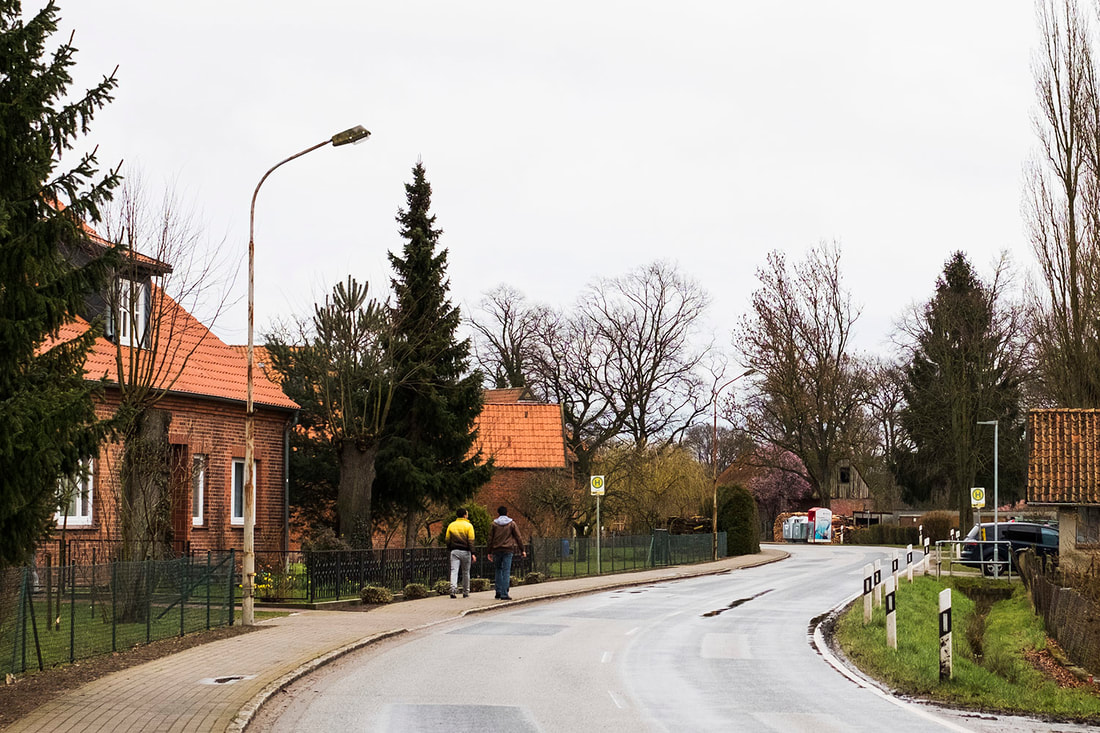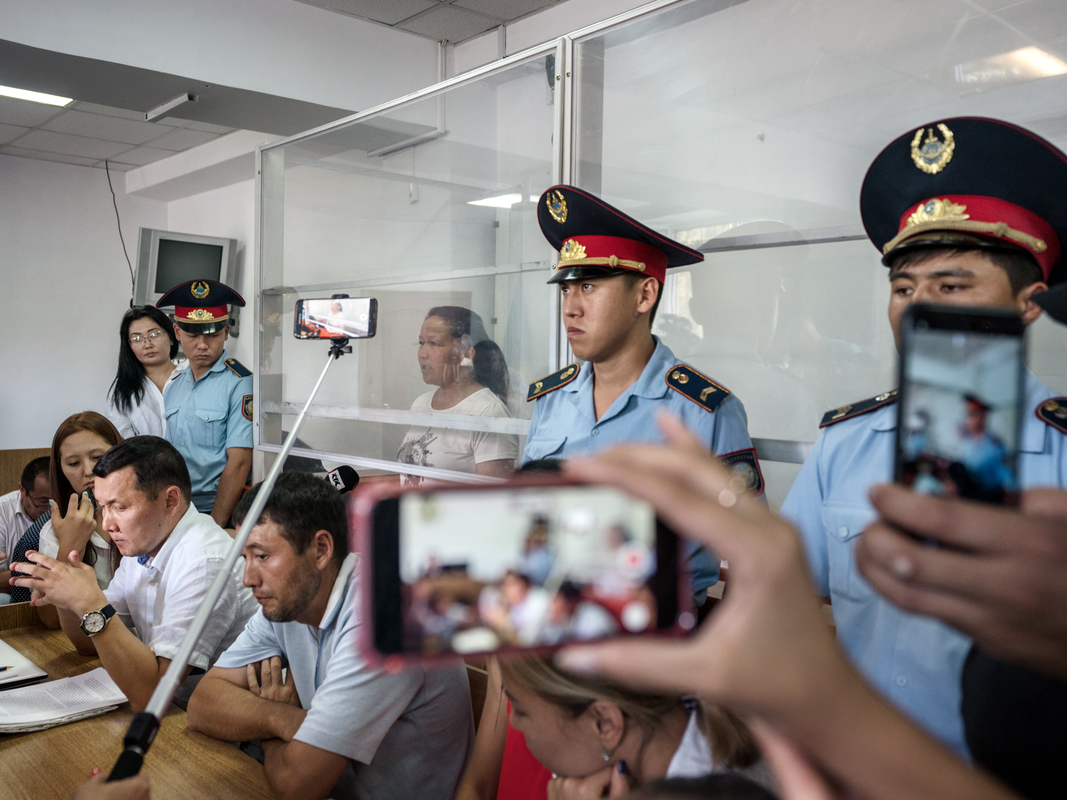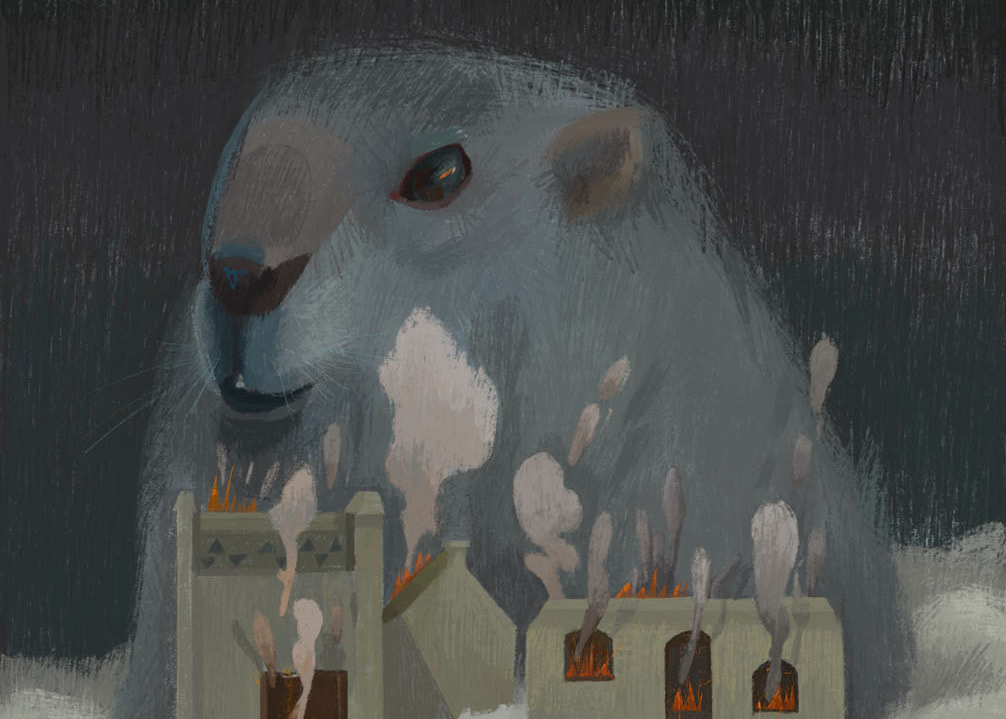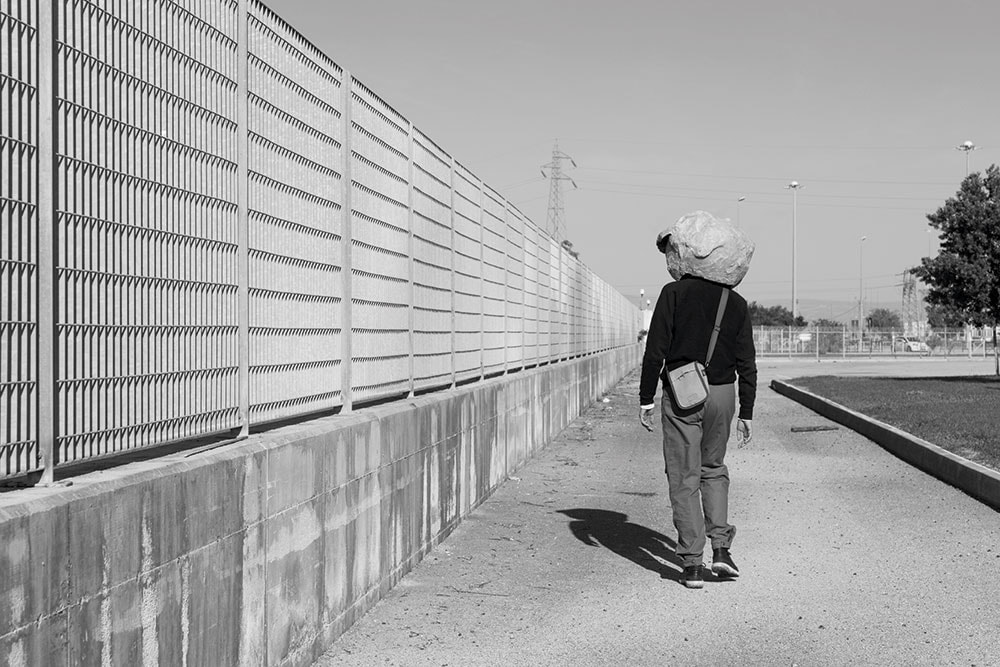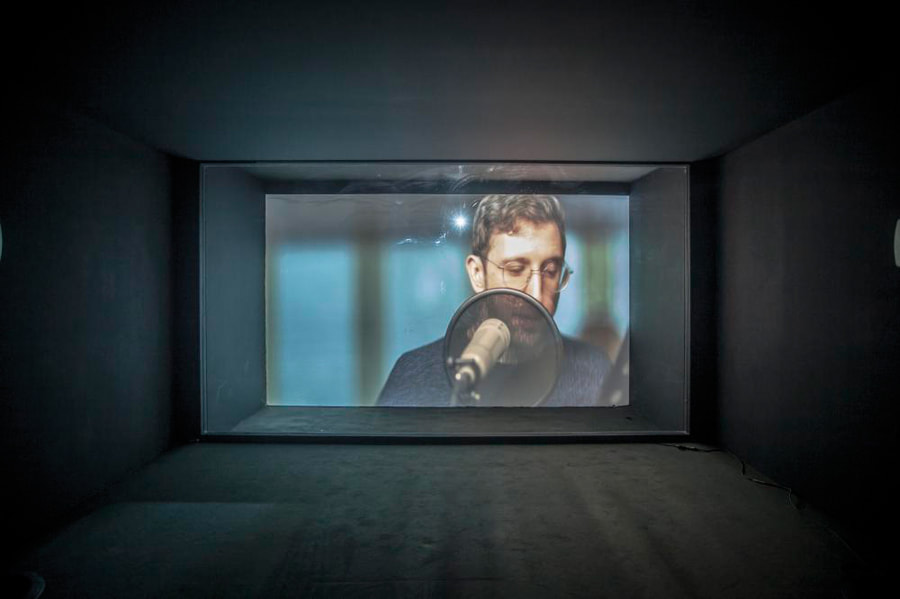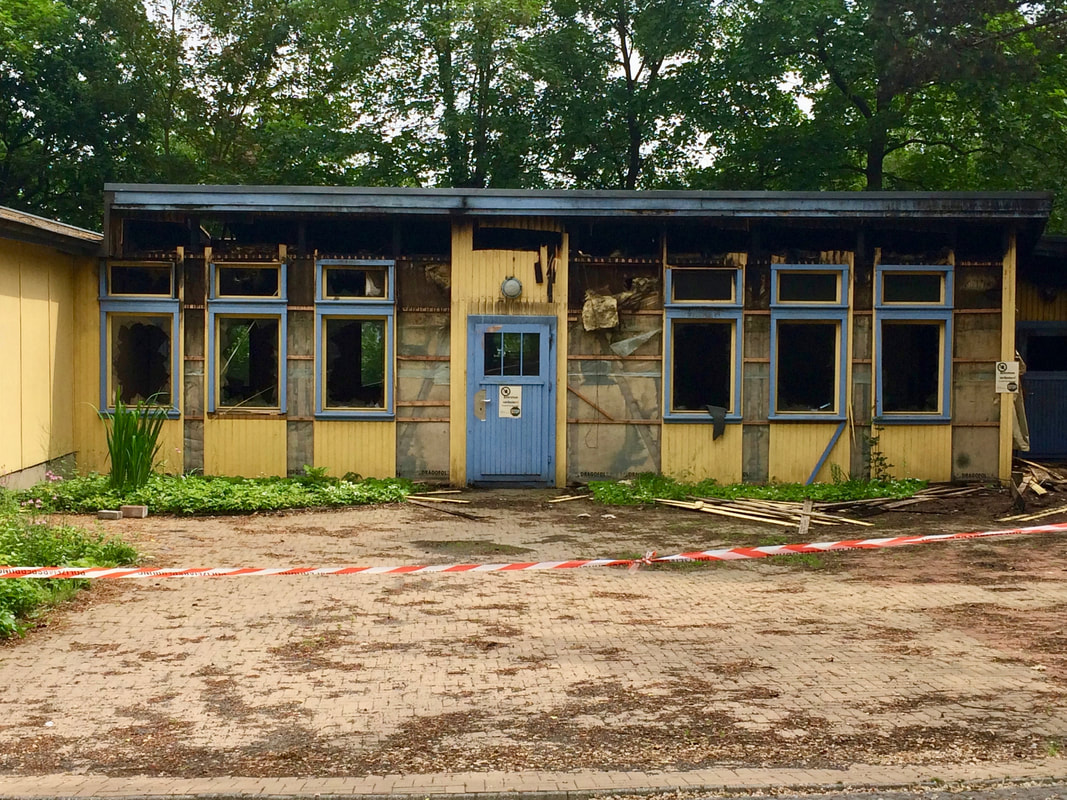|
The New York Times Magazine | April 24, 2022
Mountain Time There is a project underway to build a 150-mile-long hiking trail through the autonomous Kurdistan Region of Iraq — from the Nineveh Plains to the snow-covered mountains that border Iran. Can the first long-distance trail in Kurdistan knit together a nation? [Read in The New York Times] [PDF] [Italiano] [Deutsch] |
|
The New Yorker | February 26, 2021
Inside Xinjiang's Prison State Survivors detail the scope of China’s campaign of persecution against ethnic and religious minorities, including “reeducation” camps, prison sentences, coerced labor, and other methods of forced assimilation. [Read in The New Yorker] [PDF] [Listen to The New Yorker Radio Hour episode] |
Peabody Award | Online Journalism Award for Excellence in Immersive Storytelling | Excellence and Innovation in Visual Digital Storytelling | Deadline Club Award | Overseas Press Club Citation for Excellence | Longreads Best of 2021
|
The New Yorker | March 18, 2021
Reeducated A New Yorker Documentary in Virtual Reality A 360-degree documentary takes viewers inside one of Xinjiang’s “reeducation” camps, guided by the recollections of three men who were imprisoned together at a facility in Tacheng. [Watch the film] [Watch "How Reeducated Was Made"] |
Emmy Award | Peabody Award | Special Jury Recognition for Immersive Journalism at SXSW | Special Jury Prize at NewImages Festival | Grand Prize at VRHAM! Virtual Reality & Arts Festival | Venice Biennale Best of VR Selection
|
Granta Magazine | Issue 157
The Steepest Places: In the Cordillera Central Mayon smoldered and glowed but did not erupt the season of our arrival in Manila. Taal erupted instead. A friend in Quezon City sent me a text message: ‘You’ve arrived in disaster season!’ [Read in Granta] [PDF] |
Longreads Best of 2021
|
The New York Times Magazine | April 1, 2018
The Floating World Persecuted on land, members of Cambodia’s ethnic Vietnamese minority take shelter in improvised villages spread across the surface of the Mekong River’s waterways. [Read in The New York Times] [PDF] |
|
The Believer | Issue 127 | October 2019
Weather Reports: Voices from Xinjiang An oral history of China's mass internment drive It was in some mountainous place. We drove out in a windowless van with a metal grate inside. I couldn’t see anything. I couldn’t understand what my sentence was—what I’d done wrong. [Read in The Believer] [PDF] [Dansk] |
National Magazine Award finalist | Jamal Khashoggi Award for Courageous Journalism | The Reporting Award from New York University | Longform Best of World | The Believer Best of the Decade
|
Harper's Magazine | October 2017
States of Decay Someone told me I could find a reclaimed uranium mill in Tuba City, so I drove up from Flagstaff through the Arizona badlands. [Read in Harper's] [PDF] |
Spur Award for Best Short Nonfiction from Western Writers of America
|
The New York Times Magazine | February 3, 2019
Trillion-Dollar Nowhere In the remote steppes of eastern Kazakhstan, China is establishing the next foothold in its trillion-dollar campaign to transform global infrastructure. [Read in The New York Times] [PDF] |
Featured in Best American Travel Writing 2020
|
Virginia Quarterly Review | Spring 2019
Mountain of Tongues Can a nationalist movement from the internet save the world's most scattered people? [Read in VQR] [PDF] |
|
Virginia Quarterly Review | Spring 2017
The Useful Village In the fall of 2015, Germany designated Sumte, population 102, as a sanctuary for nearly 800 refugees. What followed was a living experiment in the country’s principles. [Read in VQR] [PDF] [Read abridged version in The Guardian] |
National Magazine Award finalist in feature writing | Staige D. Blackford Prize for Nonfiction | Overseas Press Club Citation for Excellence
|
London Review of Books | Vol. 41 No. 18
Prisons in the Mountains In August 2018 I was in Zharkent, a market town in Kazakhstan near the Chinese border, reporting on the extradition trial of an asylum seeker named Sayragul Sauytbay. [Read in LRB] [PDF] |
|
Virginia Quarterly Review | Winter 2022
Shadows, Tokens, Spring In the depths of the Great Manchurian Plague, which claimed sixty thousand lives between 1910 and 1911, it became impossible to dispose of the proliferating dead. [Read in VQR] [PDF] |
Featured in Best American Science and Nature Writing 2023
|
The New Yorker | Online
Scattered Leaves In 2013, a Stanford medievalist accidentally discovered a secret world of art dealers who destroy artifacts to sell their disjecta membra. I decided to track one down. [Read in The New Yorker] |
|
frieze | Issue 203 | May 2019
We'll Burn Your Pavilions Can Natascha Süder Happelmann succeed in doing away with national ‘representation’ altogether? [Read in frieze] [PDF] |
|
frieze | Issue 196 | June 2018
Hearing Things If we have learned anything from the age of for-profit surveillance and deep-state data, it is that someone out there is listening. [Read in frieze] [PDF] |
|
London Review of Books | Vol. 38 No. 18
Diary (On an Arson Epidemic) As towns across Germany have accepted their federal allocation of asylum seekers, administrators have fashioned shelters out of disused factories, motels and parish houses. At the moment, someone tries to burn one of these improvised hostels to the ground every two to three days. [Read in LRB] [PDF] |
